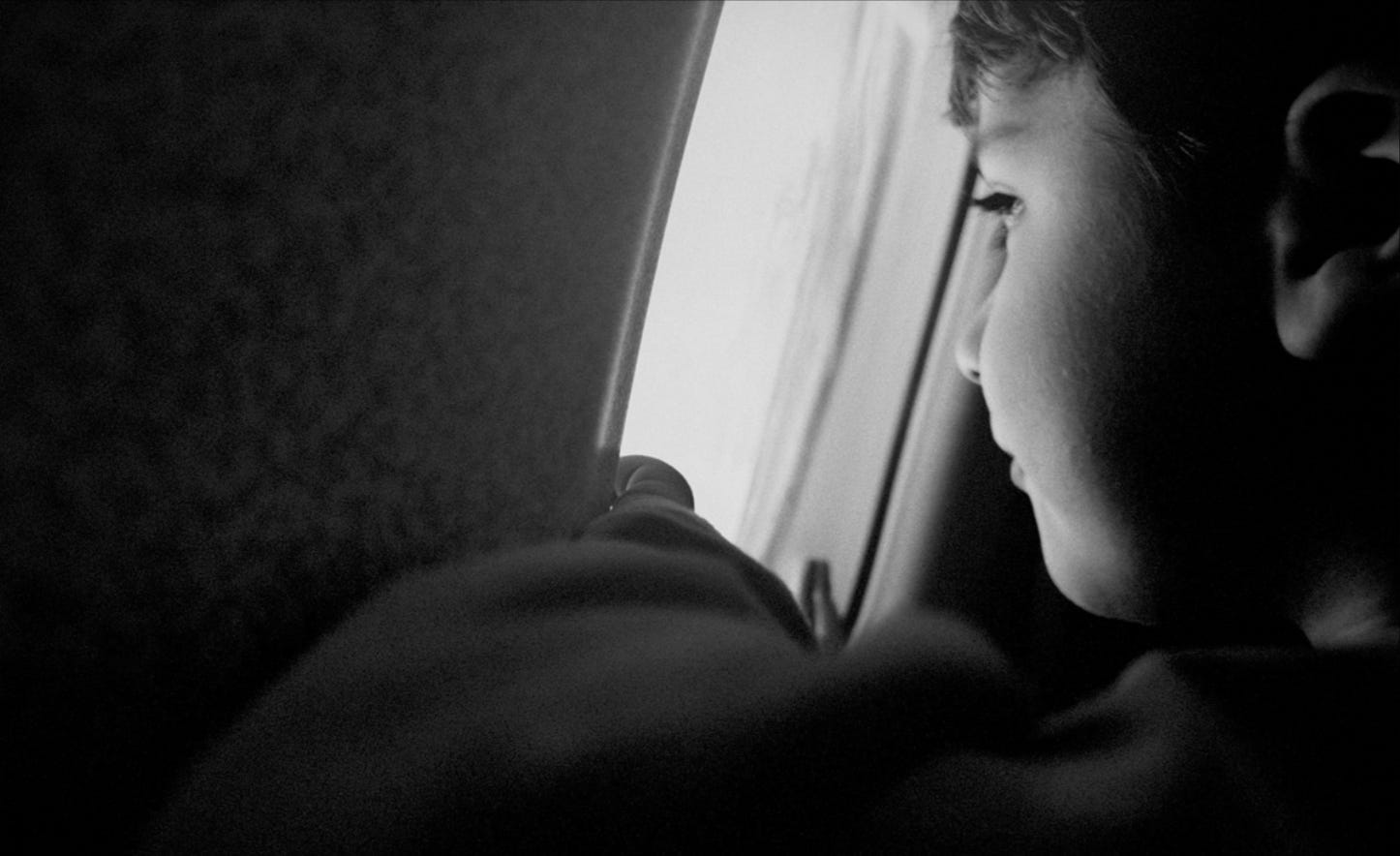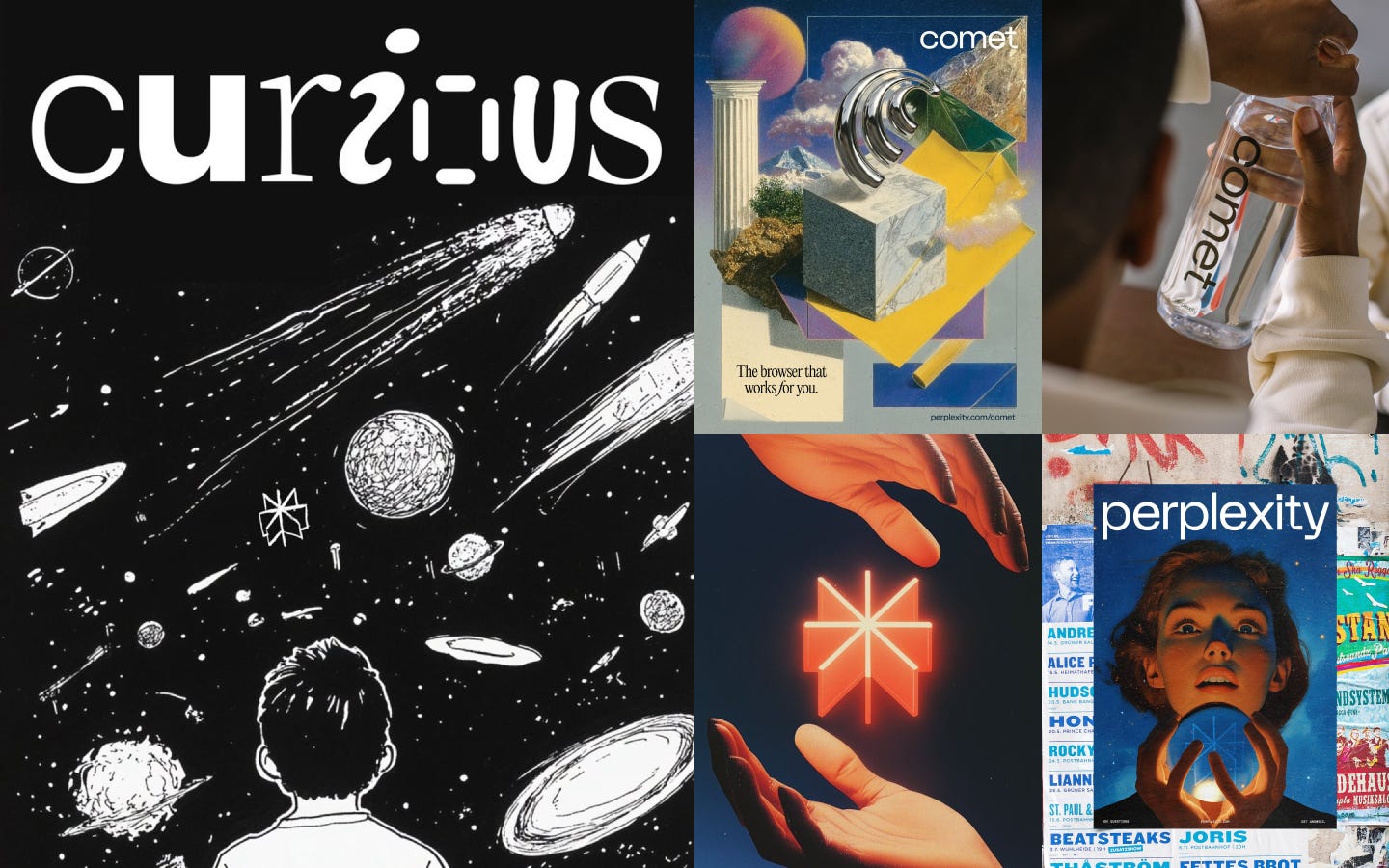If Your Brand Never Changes, It’s Already Dying
Brands lose their power when the world stops seeing them as new. Isn’t the role of Design to help them stay alive?
Last time I flew to Portugal, I noticed again how exciting it is to experience something for the first time. It wasn’t my kid’s first time flying. But it was the first time he stayed glued to the small window, watching the clouds, fully realizing that he was very high in the sky.
It’s bittersweet, though. I’m sure there will be many more moments of wonder throughout his life, but not with flying. That’s the thing with novelty. The new is exciting and transformative, but its newness only lasts for a little while.
I grew up in the 90s. Back then, music videos were a huge part of how we consumed music. I spent most lunch breaks at the café next to school glued to the TV screen. Everyone was watching MTV. It was the platform for new music, new styles, and video techniques. It defined culture, and everyone wanted a piece of that. It was also where I first saw a dynamic logo. The bold M with the graffiti-style TV appeared everywhere.
And it kept changing.
I remember wondering how amazing it must be to work in broadcast. Before brand design matured, that was the only field where I could imagine something like that even being possible. I just couldn’t wrap my mind around infinite possibilities versus consistency and production restrictions.
After all, capitalism is a system of copycats, where everything that works gets copied, and everything that gets copied eventually becomes old.
In 2009, another iconic “M” appeared. The city of Melbourne rebrand was celebrated in the design community for its dynamic logo system. But... it reminded me of MTV. Although the style was different, it relied on the exact same trick that made the MTV logo special – to their credit, the city of Melbourne logo variants were also used in traditional print materials, not only in motion graphics.
Things are different now. Dynamic logos have gone from being a source of awe to I can’t see them anymore. Google alone creates hundreds of logo variations per year. And I already lost count of how many brands have attempted flexible systems. After all, capitalism is a system of copycats, where everything that works gets copied, and everything that gets copied eventually becomes old. Yes, new things are exciting, they expand our senses, but I don’t think anyone finds smartphones, or chatbots, or even flying special anymore.
Design suffers from the same fate. That’s why every few years businesses rebrand, launch something new, or completely change direction. Not because things weren’t working, but for the most part, because everyone is constantly chasing that spark of excitement that people get from seeing something new. The moment when you stop and notice “Oh, that’s interesting.”
I’ve started to think that brands should embrace a mindset of continuously exploring the new. In that sense, I really like how Perplexity talks about its brand. Not as something fixed, but as something that can flex and grow and evolve. A framework for continual change. A guidebook, not a rulebook. Familiarity, not consistency.
It makes me wonder if that’s what our role as designers should be. To help brands change, instead of locking them in place with constraints and rules. Because change isn’t the enemy of proper design. It’s how brands stay alive. And maybe what allows them to become new again.
On that note, we should applaud (not bash) brands that at least try. Cracker Barrel for making an effort. Grammarly for becoming Superhuman (after acquiring it). Nokia for the B2B pivot. Jaguar for its ultra-modern EV weirdness. Adobe for going all-in on generative tools instead of playing defense. And yes, the foldables, Zunes, Ray‑Bans, and Pins that big tech keeps experimenting with. I don’t always agree with or like the directions taken, but if brands don’t keep moving and exploring the new, they probably won’t stick around forever.





